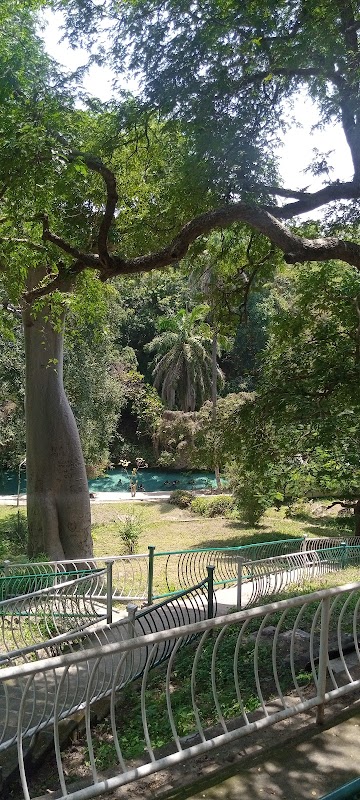
Wase Rock Forest Reserve Adventures
Wase Rock Forest Reserve is a distinctive protected area centered around the imposing Wase Rock inselberg, offering unique geological formations and rich biodiversity for nature enthusiasts and hikers.
About Wase Rock Forest Reserve

Wase Rock Forest Reserve is located in Plateau State, Nigeria, encompassing the striking granite inselberg known as Wase Rock, which rises approximately 350 meters above the surrounding savannah landscape. This reserve protects a mixture of natural habitats including dry woodland, savannah, and rocky outcrops that provide refuge to diverse plants and animals. The area is particularly known for its avian population, including species like the rare rock fowl and other cliff-nesting birds. Wase Rock itself is a prominent landmark visible from great distances, featuring steep cliffs that attract climbers and adventure seekers. Historically, the rock has local cultural significance and serves as a natural fortress in folklore. Recreational opportunities include hiking to the summit, bird watching, photography, and exploring the surrounding forest trails. The reserve's combination of geological wonder and ecological diversity presents an exciting destination for outdoor lovers eager to experience Nigeria’s natural heritage. Visitor infrastructure remains basic, maintaining the area’s wild character, but guidelines are in place to protect fragile habitats. Overall, Wase Rock Forest Reserve offers a rewarding experience through its blend of scenic rock formations, wildlife, and traditional cultural importance.
Highlights
Wase Rock inselberg, a massive granite formation towering over the landscape
Rare cliff-nesting bird species including the rock fowl and vultures
Hiking trails offering panoramic views of the surrounding savannah
Traditional cultural sites and local folklore tied to Wase Rock
Notable Natural Features
Wase Rock
A prominent granite inselberg that rises about 350 meters above the flat terrain, offering a natural vantage point and unique climbing experience.
Cliff-Nesting Bird Colonies
The reserve hosts important bird species such as rock fowls and various vultures that nest along the rocky cliffs.
Savannah Woodland
Natural dry woodland surrounds the rock, supporting diverse flora and fauna characteristic of the Nigerian Plateau ecosystem.
